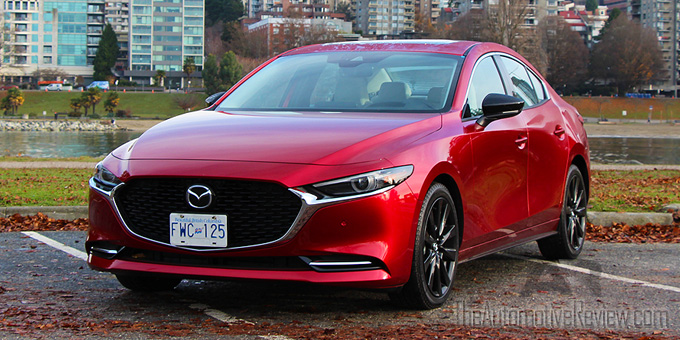
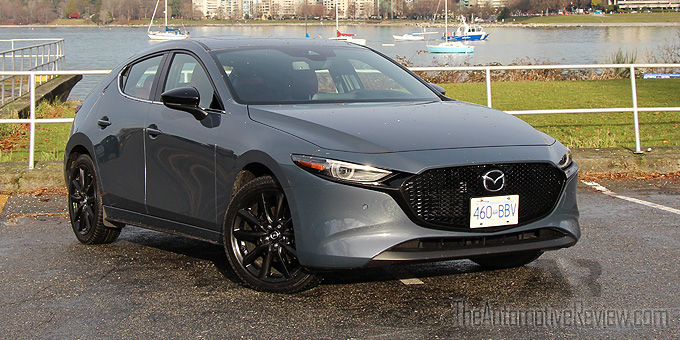
The Mazda 3 series continues to impress with premium looks and an enthusiastic ride in a compact sedan (Mazda 3) or the 5-door hatchback (Mazda 3 Sport ) variant. A more powerful and exciting 2.5L turbocharged SKYACTIV engine available in the GT or 100th anniversary edition has been introduced in the series and depending on one of three choices of engine configuration, the 2021 Mazda 3 is available in either front-wheel drive or all-wheel-drive for added traction and stability.
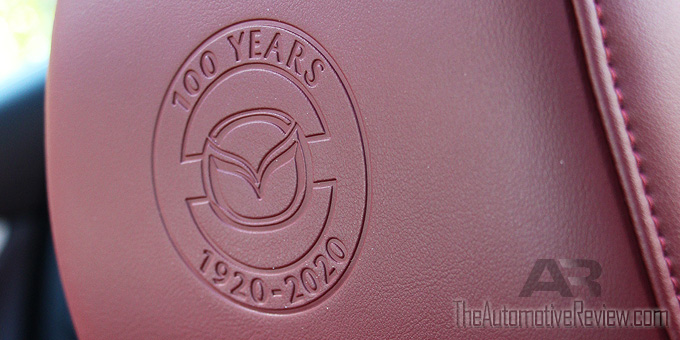
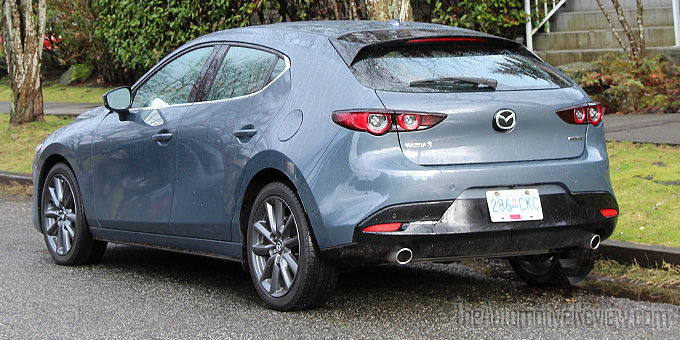
The most up to date Infotainment system, advanced safety tech features and available Bose surround sound system also makes its way into the 2021 Mazda 3. Adrenaline seekers will likely opt for the more potent 250 horsepower 2.5L turbocharged engine upgrade that can be had in the GT trim for $35,775.
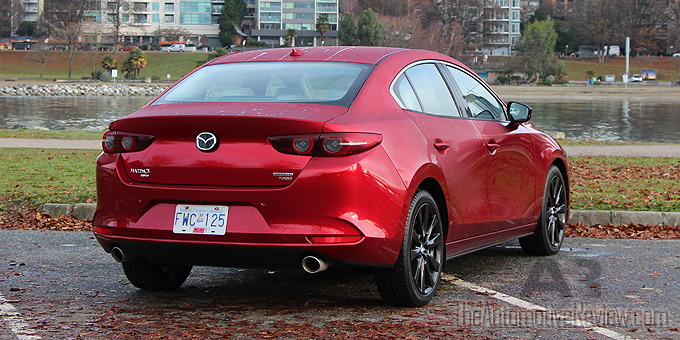
For 2021, Mazda introduces a turbocharged variant of its 4-cylinder 2.5L SKYACTIV engine that produces 250 horsepower and 320 lb.ft of torque. The upgraded engine configuration will be exclusive to the GT and 100th Anniversary trim available in both the Mazda 3 compact sedan and 3 Sport 5-door hatchback. You’ll have to opt for a fully loaded configuration with i-ACTIV all-wheel drive, upgraded 8.8” infotainment system, 12-speaker BOSE audio system, 18” wheels and adaptive front-lighting system if you want the new 2.5L turbocharged engine.
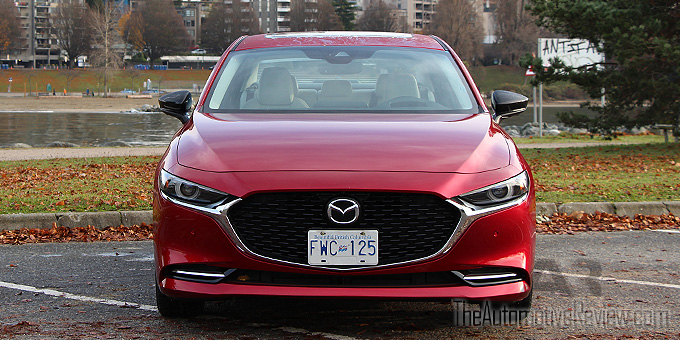
The lower GX and GS trim will receive the naturally aspirated 2.0L SKYACTIV engine leaving the GT trim with the 2.5L as a configurable option. All models will come equipped with G-Vector Control Plus – an economic solution to torque vectoring for improved handling that works.
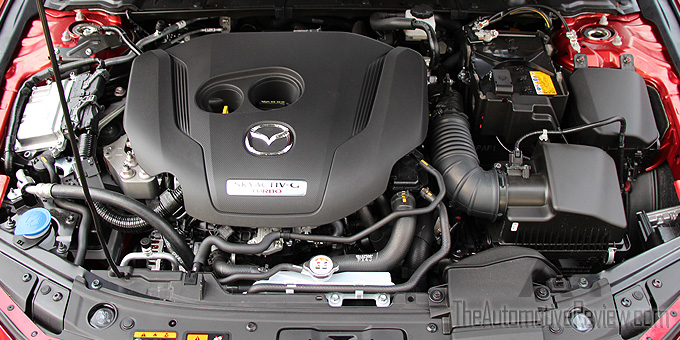
A 6-speed manual transmission is available if you opt for the front-wheel drive configuration while the 6-speed automatic transmission option with the i-Activ all-wheel drive system will be made available to the GS trims and up.
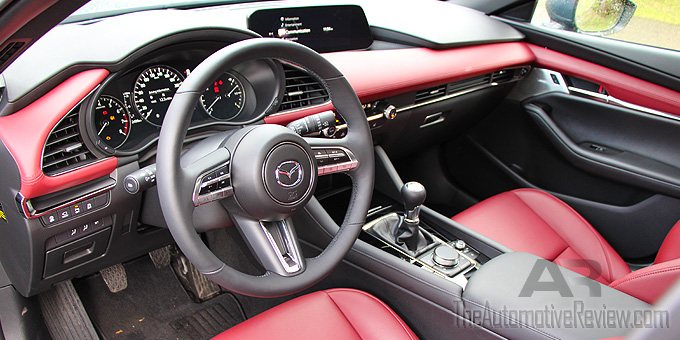
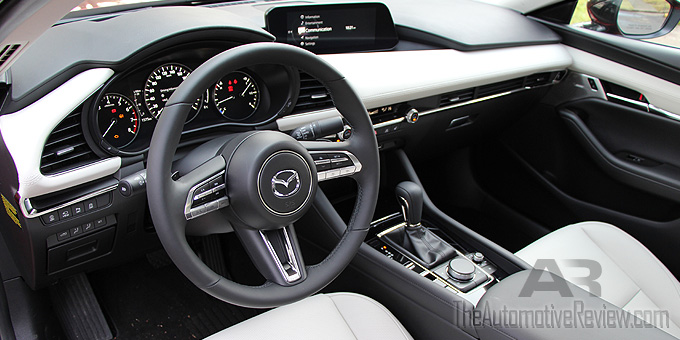
The premium interior remains one of the 2021 Mazda 3’s high points with leather upholstered seats and high-quality materials used throughout. Despite a homogenous dark layout, various shades of black and gray with contrasting choice of suede, piano black and chrome materials achieves an elegantly simple and tranquil cabin experience.
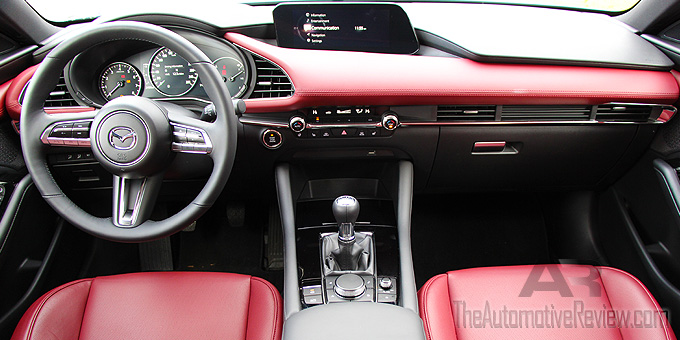
Tech features sneak their way into the base GX trim with the latest and greatest 8.8” Mazda Connect infotainment system compatible with Android Auto and Apple Carplay. You’ll also get heated 8-way manually adjusted front seats. More luxury like dual-climate controls and heated steering are offered in the GS trim, but we prefer the GT trim and up with leather upholstered seats, 10-way power adjustable seats and 12-speaker BOSE audio surround sound system. The highest 100th anniversary trim will offer mostly cosmetic upgrades particularly with a contrasting Garnet Red interior leather.
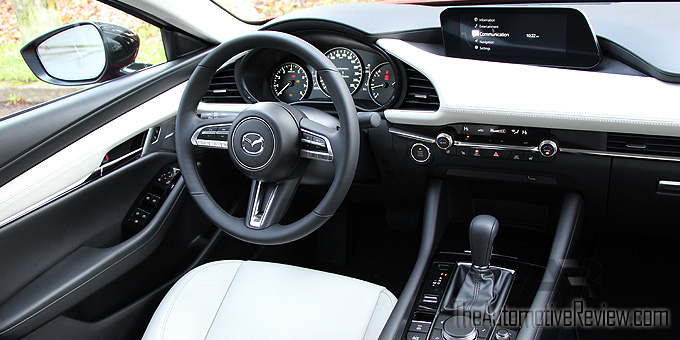
Cargo space specs well for its compact size and the 5-door hatchback adds the extra convenience for loading and unloading, but the Mazda 3 sedan variant will get more cargo space capacity in the trunk. Both the Mazda 3 compact sedan and Mazda 3 Sport hatchback will come with 60/40 split folding rear seats for added versatility with cargo space in the absence of rear passengers.
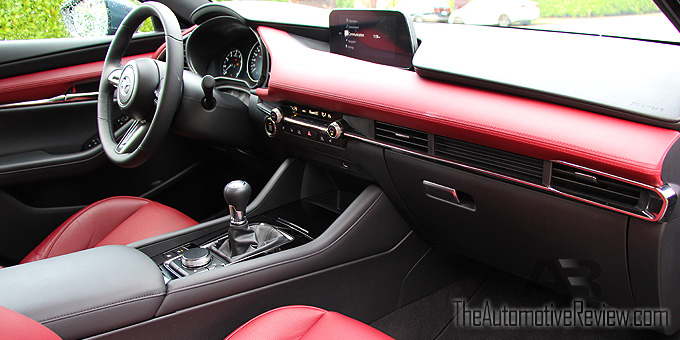
Our tester models skipped through the base 2.0L and jumped straight into the naturally aspirated and turbocharged 2.5L SKYACTIV 4-cylinder engine producing 186 and 227 horsepower respectively. For those wanting the most involved driving experience, a 6-speed manual transmission will be preferred, although not as ideal for the lower GX and GS trim with the smaller 2.0L engine. Still, the 6-speed automatic transmission shouldn’t be neglected for its seamless and predictable shifts with available manual sequential shift mode via its steering-mounted paddle shifters.
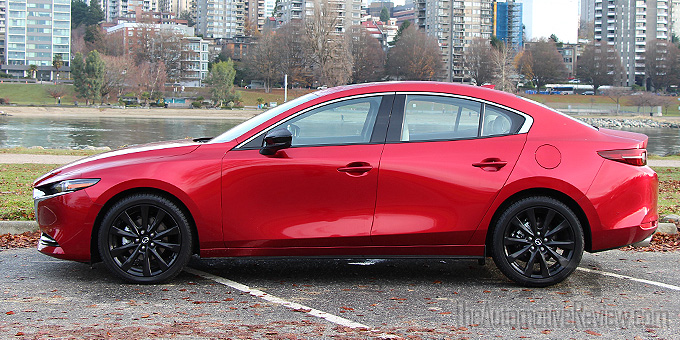
Taking the spotlight is the new turbocharged 2.5L SKYACTIV engine that boasts 320 lb-ft of torque, making its acceleration immediately noticeable off the start. Thanks to its all-wheel drive, the shear torque is well balanced on all wheels, eliminating torque steer, while sustaining optimal traction throughout the acceleration process. Mazda employs Dynamic Pressure technology which variably controls the turbo exhaust during low and high engine rpm range to reduce turbo lag. The technology has been previously deployed in the Mazda CX-9 and has continued to improve and make its way into the Mazda 3 lineup. This technology not only helps reduce turbo lag, but also linearizes the engine power output throughout the rpm range as well.
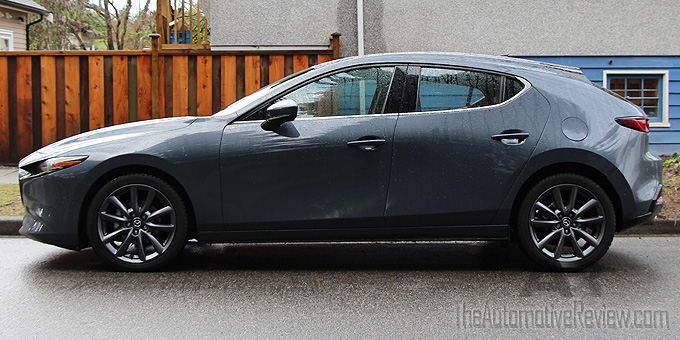
One of the key contributors to the Mazda 3’s organic driving characteristic is its in-house G-Vector Control system. Not to be confused with torque vectoring, but the concept of distributing engine torque to the outside wheels on turns is similar. The G-Vector Control system achieves this by applying braking force via its ABS system to the inner rear wheels during cornering to direct more engine torque to the outside wheels to achieve high cornering G’s. While not as slick as a clutch-based torque vectoring differential (the applied braking force wastes a bit of energy), the end result still delivers cornering and handling capabilities not available within most compact-sedans in its class.
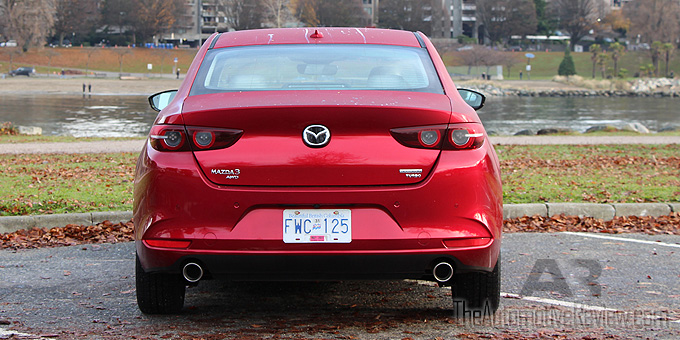
There’s much to like about the 2021 Mazda 3 and its granularity of trims in the form of either a compact sedan or 5-door hatchback, giving ample options for buyers to choose from. The aesthetics, quality and road enthusiasm, especially with the new 2.5L turbocharged engine are all contributors to an automotive class above the consumer norm, but that’s if you opt for the GT trim or 100th Anniversary Kuron Edition with a justifiable price tag of $35,775 and $38,975 respectively.
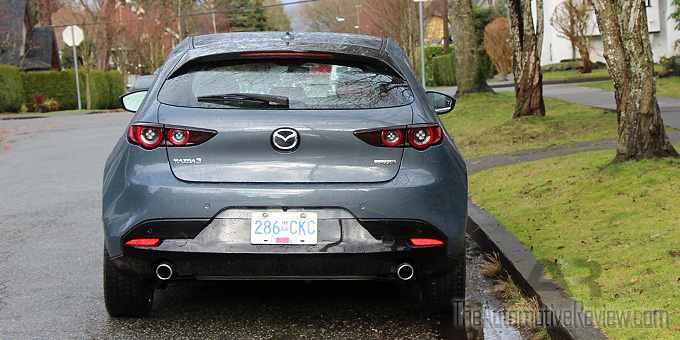
If budget is tight, downgrading to a lower trim with a smaller 2.5L naturally aspirated engine and front-wheel drive is not a bad idea, but that also opens up more choices among competitors alike the Hyundai Elantra, Honda Civic and Nissan Sentra. Still, there’s nothing quite like the unique charisma the 2021 Mazda 3 offers, which is one of the reasons why it remains one of the top buys in our books for the year.




